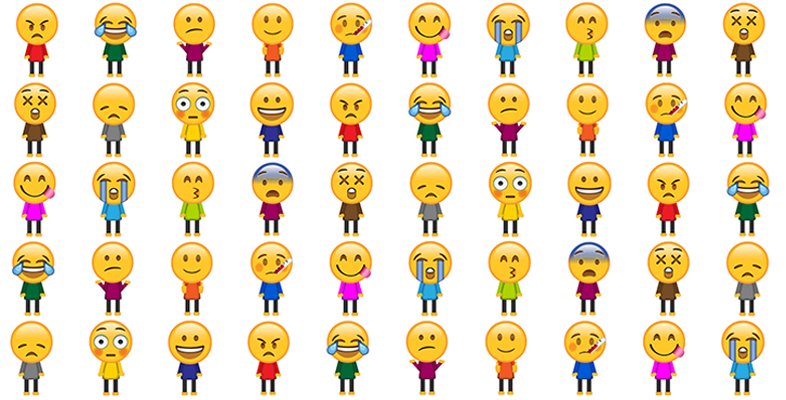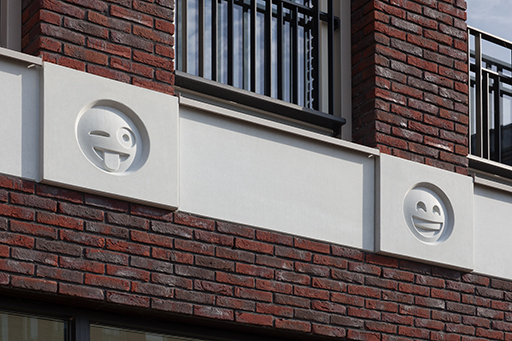3 Communicating in symbols and pictures
In an article in the New York Post decrying recent trends in communication, the journalist Kyle Smith (2015) argued that ‘Tens of thousands of years ago, humans communicated in pictures. The thoughts they sought to convey weren’t complicated. That’s why we call them cavemen’. The broader argument he’s making in the article is that the way people communicate today shows a marked decline in terms of both sophistication and subtlety when compared to the way we communicated in the recent past. People’s language habits are on a downward spiral. They’re degenerating; becoming ‘dumbed down’, along with so much else in contemporary culture. The way we’re communicating today, he’d like to suggest, is in such disrepair that it has more in common with the way that prehistoric humans communicated.
The reason for his use of this rather odd comparison is that his real target is the popularity of emojis. Emojis – on the off-chance you’re not familiar with them; or are reading in some future era where they’ve been replaced by another form of technologically-enabled communication system – are the set of small picture-based characters that are used on online platforms to supplement communication. Their global spread began in 2011, when the computer firm Apple included them in the software for the iPhone’s operating system. Since then they’ve expanded in both popularity and number so that, by the end of the 2010s, they’d become a notable cultural phenomenon; they’re the subject of films and musicals, and they feature in everything from fashion design to architecture.

